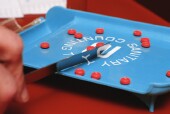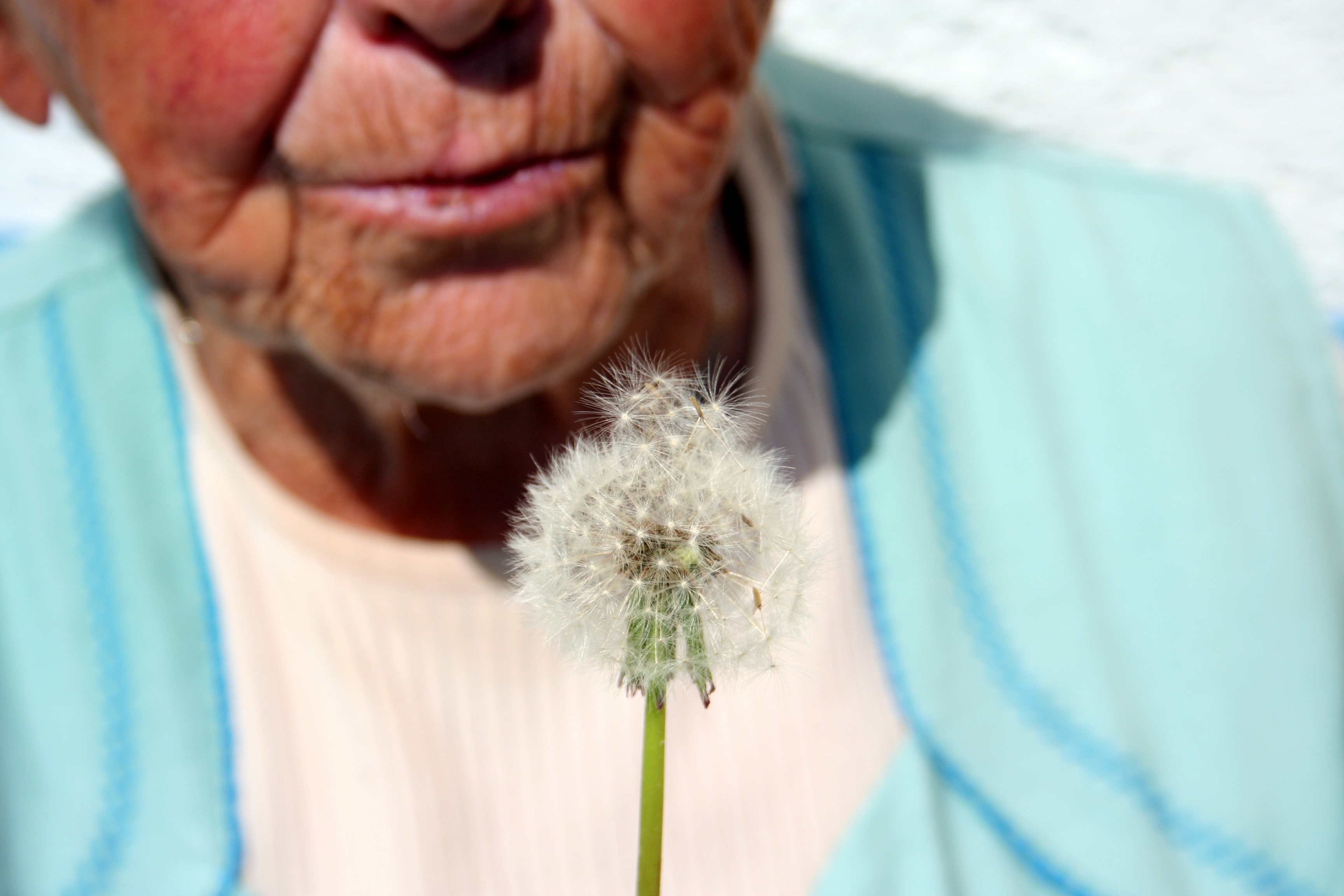
THURSDAY, Jan. 13 (HealthDay News) — The common practice of pill-splitting — done by patients and health professionals alike to save money or make medications easier to swallow — is inaccurate and potentially dangerous, a new study suggests.
Belgian researchers found that nearly one-third of split pill fragments deviated from recommended dosages by 15 percent or more. In the study, five volunteers divided eight tablets of various sizes using three tools: a kitchen knife, scissors and a pill-splitting device.
Another 14 percent of split tablets differed from recommended dosages by 25 percent or more, according to the study. And even the most precise method (the splitting device) caused a 15 percent to 25 percent error margin in 13 percent of cases. Each pill fragment was weighed after splitting to determine how much they deviated from theoretical weight.
“In most of the cases and especially in nursing homes, medications are taken as chronic therapies. Very often, it doesn’t matter clinically if the patient takes a little more drug one day and a little less the next,” said study author Charlotte Verrue, an assistant academic staff member at Ghent University in Belgium.
“However,” she added, “it might have consequences when the deviations are bigger [25 percent and more] and when . . . a small deviation in dosage can have an important difference in effect. Just to be safe, we advise to be careful with this splitting practice. It is not as innocent as it might seem.”
Verrue said she decided to do the study after being asked by nurses in nursing homes what would be the best method for splitting tablets in daily practice, regardless of the type or size of pill or whether it had score lines.
Of the five volunteers, only one had tablet-splitting experience, Verrue said, which she believes replicates nursing home conditions where pill-splitting is not always performed by professional nurses.
The participants split eight tablets of different shapes and sizes, prescribed for conditions such as Parkinson’s disease, congestive heart failure and arthritis, into 3,600 separate quarters or halves. Three tablets were unscored, three had one score line and the rest had two.
“The splitting should indeed be performed by nurses, but it is not always the case in daily practice” because of staff shortages, Verrue said. “Moreover, I don’t think that nurses have a specific training in tablet splitting.”
Nancy Mason, a clinical associate professor of pharmacy at the University of Michigan, said she had never heard of research similar to this.
“I thought it was a unique study and when you think about it, not surprising at all,” said Mason, also director of the university’s Experiential Training Program in pharmacy. “It’s very good information to know. As a pharmacist, I typically don’t try to tell someone to split a pill. Even when it’s scored, [the practice] still has issues.”
Verrue and Mason said even minute dosage deviations of certain medications can cause critical problems, including drugs for irregular heartbeat, blood clots and seizures.
Verrue called on pharmaceutical companies to produce more dose options and liquid alternatives so pill-splitting becomes increasingly unnecessary. But she acknowledged that drug makers may resist such a move because it could hurt profits.
“I think that the smaller dosages are just not interesting enough from an economical perspective,” Verrue said. “Providing liquid forms would be easier, I think, than providing a broader range of tablets.”
The study, reported in the January issue of the Journal of Advanced Nursing, did not receive funding from any pharmaceutical companies.
More information
For more on which pills are safe to split, go to Consumer Reports.

